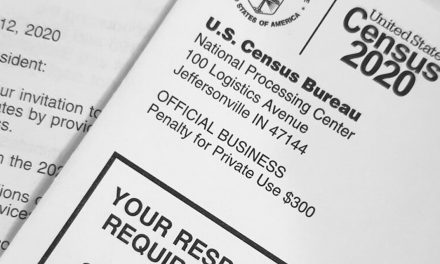
The randomness of tomorrow
Although we tend to think of forecasting as a science rather than an art or a craft the reality is that there is always the impact of randomness and chaos that shapes the future.
If we believe this then applying a random factor to our thinking about what tomorrow can bring new insights into our approach.
To introduce a random factor we can use a whole host of ‘items’ to stimulate our thinking – a picture, words, websites, objects, TV programs, people etc. etc. The process is typically a facilitated one and I will discuss this first and then give you a technique that you can use on your own which I have found personally very useful.
If we assume that issue we are looking at is the future of the delivery ‘business’ then the first thing we need to do is to understand what we mean. How will we define the delivery business – is it grocery delivery or bulk delivery or consumer delivery or some other permutation? Once we are clear on what we mean then we can start to think about introducing the random ‘thing’.
The traditional way of using randomness is to liken the ‘problem’ or issue to a random object or thing. So in this example we will liken the delivery business to the ‘X-Factor’ TV show.
Using this random factor we can paint the follow picture:
The delivery business has a constant stream of new talent – some better than others who all have different talents and skills. They all think they should be a star but they will be judged by other who think they are experts in the area – in this case corporate buyers, however the real judges are the general public and they get to vote on whether the service will be any good or not.
or not.
The judges in this example are the ones promoting this service rather then the service providers themselves and have become powerful people in their own right, although over time the power base shifts back from the few to the many.
For the purposes of this post I will not go any further and hopefully you can see the power of the technique from this short exercise. As usual if you want to discuss in more detail or want to have a go please get in touch or post your examples on the blog.
I did promise to give a personal example I have used to help think differently – I call this ‘20-30-40’. The idea works in the US rather better than in the UK purely because of the layout of bookshops etc. But the idea goes along these lines. Get 20 random books or magazines, sit down for 30 minutes and come up with 40 ideas. You can do this at home just as easy or go to a library if you still have one open in the area – if you are really adventurous use the random website feature on Google but I have found that my 30 minutes doesn’t go very far if I am surfing the web.
I hope you find this interesting and have a go at the techniques described – let me know how you get on.













